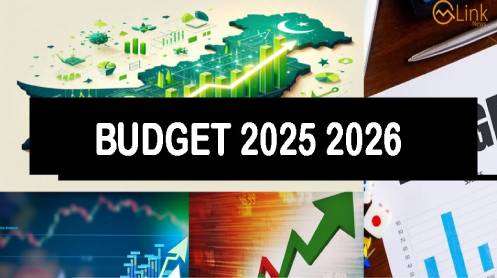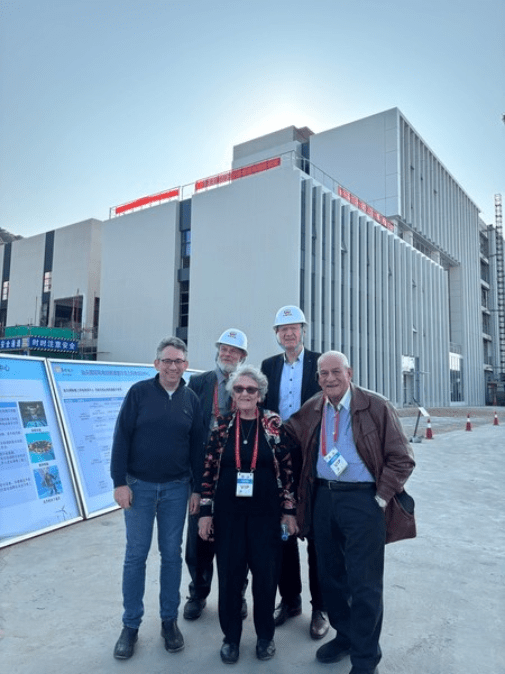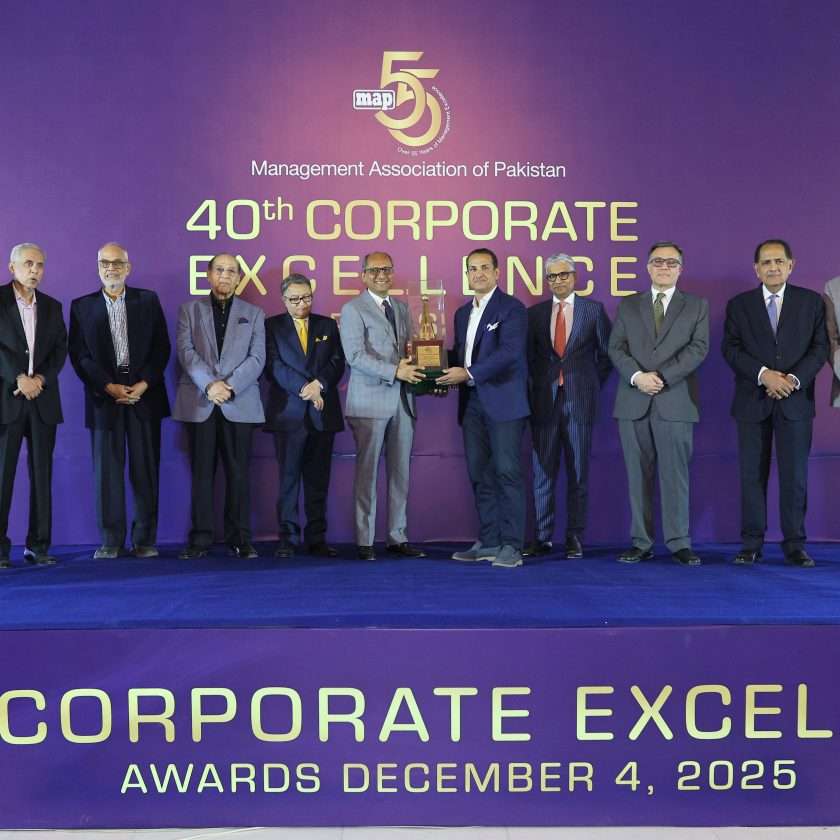ISLAMABAD: In line with the International Monetary Fund’s (IMF) fiscal consolidation demands, Finance Minister Muhammad Aurangzeb on Tuesday presented a tightly constrained federal budget for FY2025–26. Despite stringent measures, the government extended limited relief to salaried individuals and offered targeted incentives to revive the struggling industrial, real estate, and construction sectors.
While some concessions were announced, new burdens were also introduced. These include a carbon levy of Rs2.5 per litre on petrol, diesel, and furnace oil — set to double in FY2026–27 — a 5% tax on pensions exceeding Rs10 million annually (for those under 70), and an 18% sales tax on imported solar panels. Furthermore, tax exemptions for Pakistan’s tribal areas will gradually be withdrawn starting this fiscal year.
Revenue Ambitions vs Ground Realities
Despite a tax shortfall of Rs1.07 trillion in the outgoing year, the government has set an ambitious revenue target of Rs14.13 trillion for FY2025–26 — an 18.7% increase from this year’s revised Rs11.9 trillion. This includes new tax measures worth Rs840 billion and an automatic revenue boost of Rs1.39 trillion, assuming inflation of 7.5% and GDP growth of 4.2%. Expenditure will be curtailed by Rs2.26 trillion, mainly through reduced interest payments.
While the Federal Board of Revenue (FBR) and provincial governments fell short of their surplus targets, a combined provincial surplus of Rs1.01 trillion helped reduce the federal budget deficit to 5.6% of GDP (Rs6.44 trillion) — the lowest in nearly a decade. The government aims to further cut this to 3.9% of GDP (Rs5.04 trillion) in the next fiscal year, relying heavily on a projected Rs1.46 trillion provincial surplus.
Relief for Salaried Class and Construction Sector
Acknowledging rising inflation and a growing brain drain, the government offered modest tax relief for the salaried class. Proposed changes include:
- Reduction of income tax to 2.5% for annual income between Rs600,000 and Rs1.2 million (with some discrepancies noted — the Finance Bill mentions 1%).
- Annual tax on income of Rs1.2 million reduced to Rs6,000 (from Rs30,000).
- Tax rate for income up to Rs2.2 million reduced to 11% (from 15%).
- Tax rate for income between Rs2.2 million and Rs3.2 million dropped to 23% (from 25%).
- 1% surcharge reduction on incomes above Rs10 million.
In addition, the government announced:
- 10% salary increase for government employees and 7% rise in pensions.
- 25% pay increase for armed forces personnel, including a special allowance for recent operational performance.
To boost the real estate and construction sectors:
- Withholding tax on property purchases cut from 4% to 2.5% (with other slabs also reduced).
- 7% federal excise duty on commercial property transfers abolished.
- Tax credit introduced for mortgage-financed homes (up to 10 marlas or 2,000 sq ft flats).
- Stamp duty in Islamabad cut from 4% to 1%, with encouragement for provinces to follow suit.
Broadening the Tax Base
To increase compliance and formalize the economy:
- Interest income tax raised from 15% to 20% (excluding small savers and national savings).
- Digital marketplaces to be taxed via courier companies.
- 1% advance tax on cash withdrawals by non-filers (up from 0.6%).
- Cash sales above Rs200,000 to be discouraged for registered businesses.
Stricter enforcement was also announced:
- Freezing of bank accounts, property transfer restrictions, and sealing of premises for major sales tax violations.
- Only filers submitting wealth statements may conduct large transactions (property, vehicles, securities).
- Super tax reduced by 0.5% for companies with income between Rs200–500 million.
Fiscal Ratios and Revenue Composition
The tax-to-GDP ratio improved to 10.3% by March 2025 and is expected to reach 10.4% by June 30. Including non-tax revenue, the federal tax-to-GDP ratio stands at 11.6%, while the consolidated national ratio (including provinces) is 12.3%. The finance minister termed the 1.6% GDP increase in FBR revenue as historic and rare globally.
The non-tax revenue target has been set at Rs5.15 trillion, slightly above this year’s Rs4.9 trillion, pushing total federal revenues to Rs19.28 trillion. After provincial transfers of Rs8.2 trillion, the net federal revenue will be Rs11.07 trillion, leaving a federal deficit of Rs6.5 trillion, down from the revised Rs7.44 trillion.
Subsidy Cuts and Debt Management
Total subsidies are down 14% to Rs1.19 trillion, with the power sector hit hardest:
- Wapda (Discos): subsidy reduced by 9.7% to Rs249 billion.
- K-Electric: subsidy slashed by 28% to Rs125 billion.
- AJK: subsidy cut by 31.5% to Rs74 billion.
The petroleum levy is expected to yield Rs1.47 trillion — a 26% increase — while State Bank profits are projected at Rs2.4 trillion.
Debt servicing costs are projected at Rs8.2 trillion — 8% lower than last year’s actual payments. Pension expenses will rise 4% to Rs1.06 trillion, with military pensions increasing by 12% and civilian pensions by 10%.
Total current expenditure is estimated at Rs16.29 trillion, slightly below this year’s Rs16.39 trillion.
Story by Khaleeq Kiani







